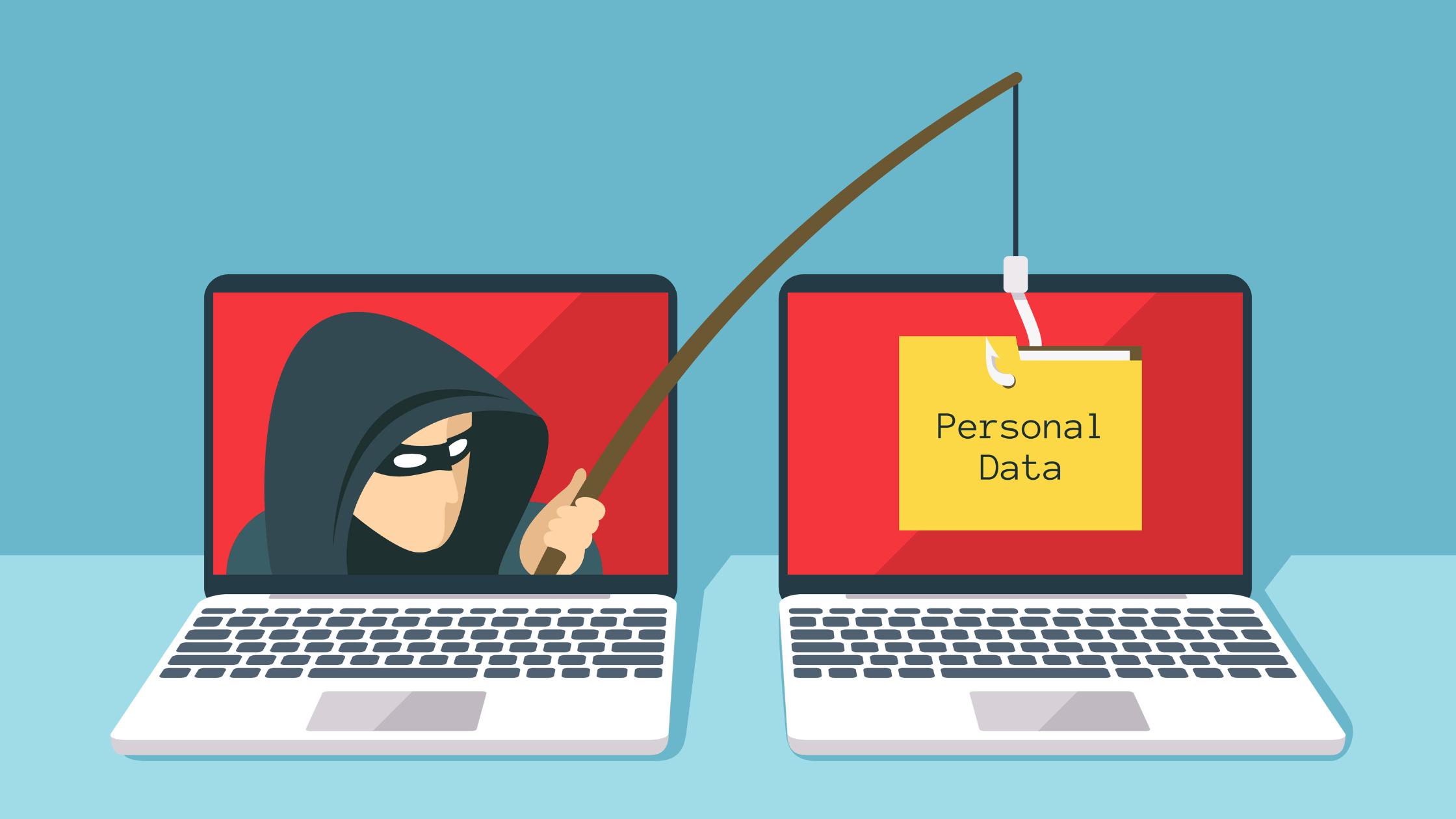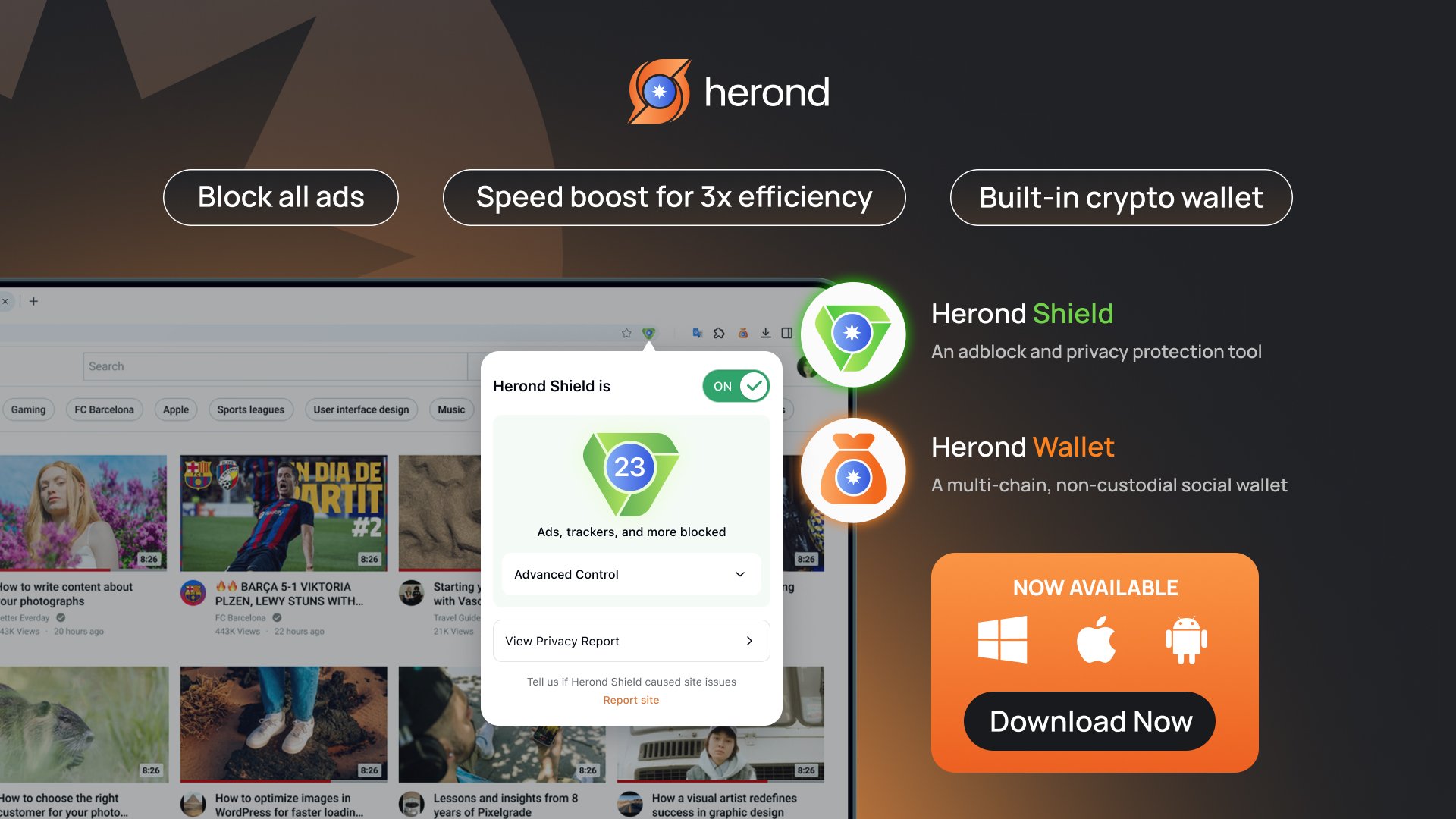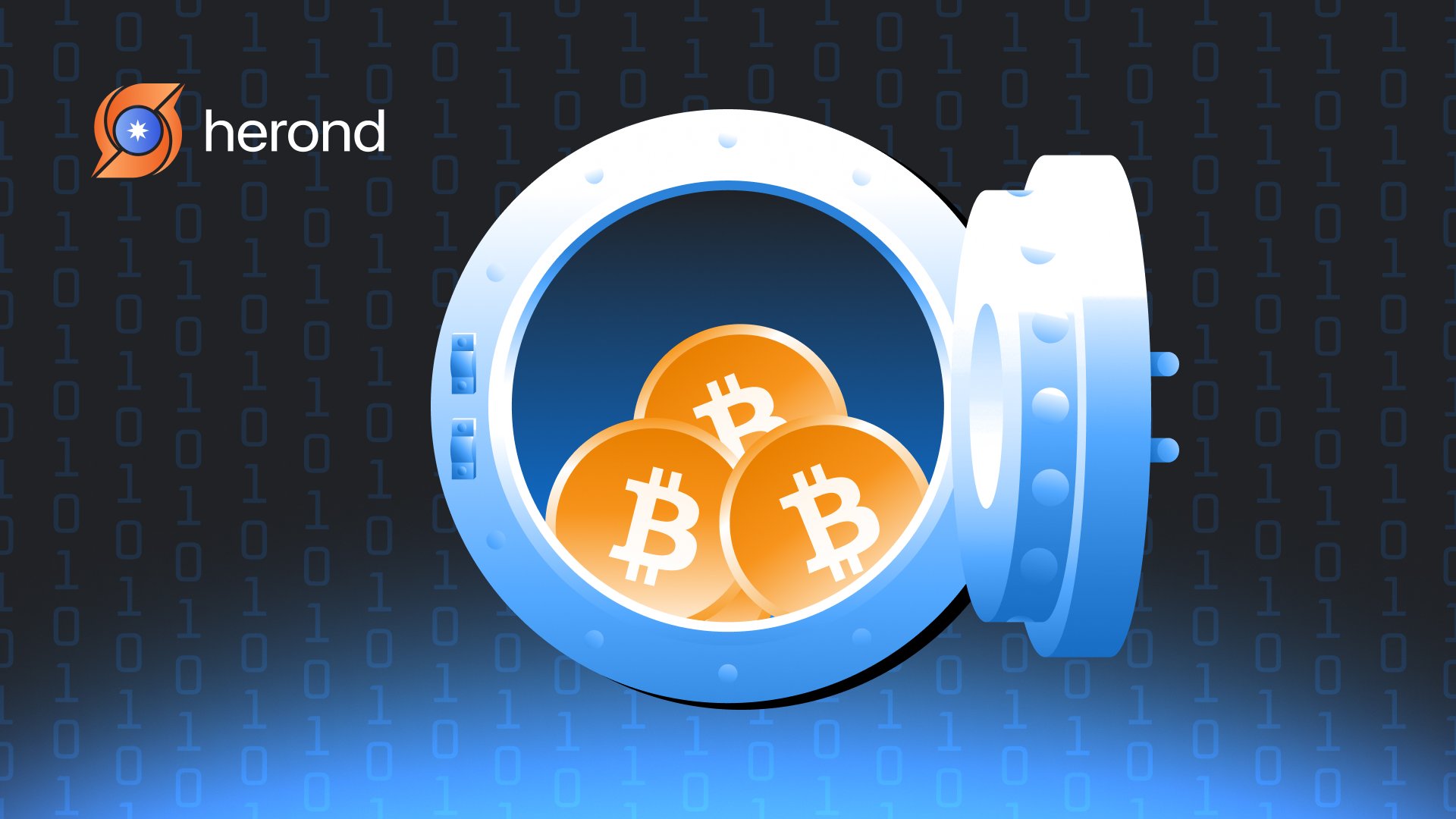As Web3 continues to redefine the internet and empower individuals through decentralization, it also brings new security challenges. The decentralized nature of Web3 shifts responsibility to the users, making security a top priority. Whether you are a seasoned investor or new to the world of blockchain, implementing robust security practices is essential to keep your crypto assets safe. Here are the top Web3 security tips to protect your digital wealth effectively. This article aims to give you 8 tips on how to keep your crypto safe in 2024.

Tip 1: Choose the Right Wallet for Your Needs
Choosing the right wallet is essential for securing your cryptocurrency. Hardware wallets like Ledger and Trezor provide offline security for long-term investors, while software wallets, such as mobile or browser-based options, offer convenience for active traders. Emerging keyless wallets, like Herond Wallet, use advanced cryptography to balance security and ease of use, making them ideal for both beginners and experienced users.
When selecting a wallet, consider your needs and goals. Traders may prefer accessible wallets with multi-chain support, while long-term holders benefit from the unmatched protection of offline storage. Ensure your wallet includes essential security features like two-factor authentication and backup options to safeguard against threats.
By understanding the types of wallets and their features, you can choose a solution that aligns with your priorities, keeping your digital assets secure and accessible.
Tip 2: Protect Your Private Keys and Recovery Phrases
Protecting your private keys and recovery phrases is fundamental to safeguarding your cryptocurrency, as these are the keys to accessing your funds. Your private keys should never be shared or stored online, as doing so exposes you to potential hacks or phishing attempts. Opt for secure storage solutions, such as hardware wallets, to keep your keys offline. When generating or backing up recovery phrases, write them down on paper and store the copy in a secure location like a safe. Avoid saving them digitally, especially on cloud services or devices connected to the internet, as these are susceptible to breaches.
A multi-layered approach enhances the security of your private keys and recovery phrases. Consider using multiple backups in separate secure locations to prevent loss due to theft, fire, or natural disasters. Additionally, if using a hardware wallet, ensure it is purchased directly from a trusted source to avoid tampered devices. Be cautious of scams; no legitimate service will ever ask for your recovery phrase. By treating your private keys and recovery phrases as the most critical components of your cryptocurrency portfolio, you significantly reduce the risk of unauthorized access and potential losses.
Tip 3: Enable Two-Factor Authentication (2FA)
Enabling Two-Factor Authentication (2FA) is an essential step to enhance the security of your cryptocurrency accounts. 2FA adds an extra layer of protection by requiring a second verification step, such as a code from an authentication app, in addition to your password. This means that even if a hacker obtains your password, they cannot access your account without the second factor. Use app-based authenticators like Google Authenticator, Authy, or Microsoft Authenticator, which are more secure than SMS-based 2FA, as SMS codes can be intercepted through SIM-swapping attacks.
When setting up 2FA, ensure you store the backup codes provided during the process in a secure location. These codes allow you to regain access to your account if you lose access to your 2FA device. Regularly review and update your 2FA settings for all exchanges, wallets, and other platforms where you store or trade cryptocurrency. Avoid using the same password across multiple accounts, as doing so increases your vulnerability to credential-stuffing attacks. By consistently using and maintaining 2FA, you greatly reduce the likelihood of unauthorized access to your crypto assets.
Tip 4: Beware of Phishing Scams

Phishing scams are one of the most common threats in the cryptocurrency space, targeting users to steal their private keys, passwords, or funds. These scams often involve fake websites, emails, or messages that mimic legitimate platforms, tricking users into entering sensitive information. Always verify URLs before interacting with a wallet, exchange, or dApp, as scammers frequently create look-alike sites with slight variations in spelling. Bookmark trusted websites and avoid clicking on links from unsolicited emails or social media messages. If you receive an email claiming to be from a service you use, check its legitimacy by contacting the service directly through their official channels.
Be cautious when connecting your wallet to new or unfamiliar decentralized applications (dApps). Scammers sometimes use fake dApps to gain unauthorized access to your funds. Always review transaction details and permissions before approving them in your wallet. Use browser extensions like MetaMask’s phishing detection tools to add an extra layer of protection. Education and vigilance are your best defenses against phishing scams—by staying informed about the latest tactics, you can avoid falling victim and keep your cryptocurrency assets secure.
Tip 5: Stay Vigilant with Decentralized Applications (Dapps)

Interacting with decentralized applications (dApps) can open the door to exciting opportunities in the Web3 space, but it also comes with risks that require vigilance. Before using any dApp, thoroughly research its reputation and legitimacy. Scammers often create fake or malicious dApps designed to steal your assets. Check the dApp’s smart contract address on trusted platforms like Etherscan to confirm it is verified and avoid connecting your wallet to unvetted applications. Additionally, use tools like token approval checkers to monitor and revoke permissions granted to dApps, reducing the risk of unauthorized transactions.
When interacting with dApps, pay close attention to transaction details and permissions requested by the platform. Malicious dApps might ask for excessive access to your wallet, such as control over all your tokens. Always double-check what you’re approving and consider limiting permissions when possible. To add an extra layer of protection, use a separate wallet for dApp interactions to minimize exposure of your primary holdings. By staying cautious and informed, you can safely explore the potential of dApps without compromising your cryptocurrency security.
Tip 6: Use Strong, Unique Passwords
Strong passwords are your first line of defense. Combine uppercase, lowercase, numbers, and special characters to create robust passwords. Consider using a password manager to securely store and manage them.
Read more: 5 Tips to Create a Strong Password
Tip 7: Diversify and Test Transactions
Diversifying your cryptocurrency holdings across multiple wallets is a prudent strategy to mitigate risk and enhance security. Instead of storing all your assets in a single wallet, spread them across different wallets, such as hardware wallets for long-term storage and hot wallets for day-to-day transactions. This approach ensures that even if one wallet is compromised, the majority of your funds remain secure. Use separate wallets for interacting with decentralized applications (dApps) to isolate risks associated with potentially malicious platforms. Diversification not only safeguards your funds but also allows you to organize your assets based on their purpose and level of activity.
Before making significant cryptocurrency transactions, always conduct test transactions with a small amount to ensure accuracy and reliability. This practice helps verify the recipient’s address and the transaction process, reducing the risk of sending funds to the wrong address or encountering issues with network congestion. Mistakes in crypto transactions are often irreversible, so taking a few extra minutes for a test transaction can save you from costly errors. Combine this practice with double-checking wallet addresses and transaction details before finalizing any transfer to maintain the safety of your crypto assets.
Tip 8: Verify Smart Contracts
Always double-check the contract address before interacting with smart contracts. Using an incorrect address, even by mistake, can result in permanent loss of funds.
Read more: Utilize Smart Contracts for Effective NFT Transactions
Conclusion
Web3 opens the door to a decentralized future, but with great power comes great responsibility. Keeping your crypto safe requires vigilance, education, and the consistent use of best practices. By following these security tips, you can minimize risks and enjoy the benefits of Web3 with confidence.
About Herond Browser

Herond Browser is a Web browser that prioritizes users’ privacy by blocking ads and cookie trackers, while offering fast browsing speed and low bandwidth consumption. Herond Browser features two built-in key products:
- Herond Shield: an adblock and privacy protection tool;
- Herond Wallet: a multi-chain, non-custodial social wallet.
Herond aims at becoming the ultimate Web 3.0 solution, heading towards the future of mass adoption. Herond has now released the mobile version on CH Play and App Store. Join our Community!



